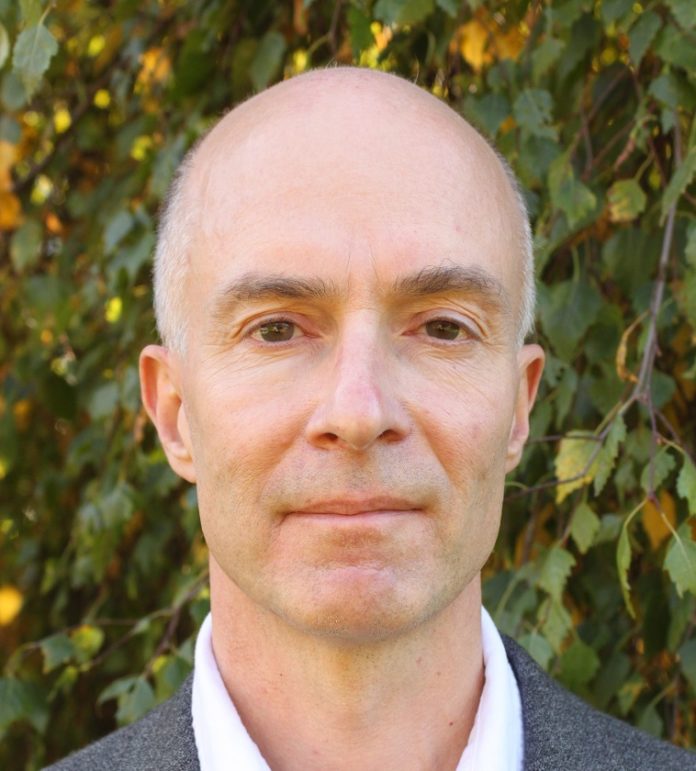IWA’s 2023 Water and Development Congress & Exhibition is approaching fast – the event in December will be with us soon. Picking up from the 2019 edition in Colombo, Sri Lanka, the event in Kigali, Rwanda, will provide a showcase for emerging and established options for delivering water progress, especially in low- and middle-income countries. Meanwhile, the call for content for next year’s World Water Congress & Exhibition in Toronto, Canada, is open. The geographical scope for that may be broader, but the ambitions are much the same – to showcase options at various stages of development that offer a way forward on the world’s water challenges.
A huge strength of both events is the extent to which they broker connections – connections across the themes and technologies covered, and between the participants, who are exposed to updates in their own focus areas and, importantly, beyond.
This edition highlights the potential for connections, where ideas exist within a continuum, each having a reach and relevance beyond its immediate focus. It is a technological connectivity that brings an intellectual and practical opportunity, for those developing and implementing these options to grasp where and how their experiences and insights can help build solutions elsewhere.
The article on p36 picks up some of the highlights of the recent IWA Specialist Group conference on water reuse. That was the event’s 13th edition – reflecting IWA’s authority in this area. The potential and value of reuse is growing. As a theme, it is of universal relevance. At the other end of the scale, the article on p13 is a prelude to what will be IWA’s first Specialist Group conference on non-sewered sanitation. Yet this event promises to follow a similar trajectory as, in time, the concept it champions also becomes a mainstream option.
The non-sewered outlook connects with the rising need for water reuse and with the broader shift towards the circular economy, homing in on the value of the water itself and the materials and energy carried within it. This circular economy outlook permeates the promotion of the ‘blue water factory’ concept set out on p18.
The frontiers of how we deal with used water continue to be pushed back. Regarding treatment, the article on p42 highlights potential for use of electron beam technology. Meanwhile, our capacity to identify and evaluate circular approaches at the plant or wider scale is growing thanks to progress with the modelling set out in the article on p39.
In the parallel challenge of making best use of available water resources, there is an ongoing need to apply the knowledge we already have on how to address leakage and, more generally, water loss (p28). This need carries through to the potential for greater efficiency on the part of users (p25). Progress with both is being powered by digital developments.
This is all why IWA’s Congresses are such a cauldron of opportunity, providing, as they do, a rich mix of people and ideas. No wonder, then, that Doulaye Kone, Programme Committee chair of the Kigali Congress (p16), expresses such anticipation for the coming event.
Keith Hayward, Editor






